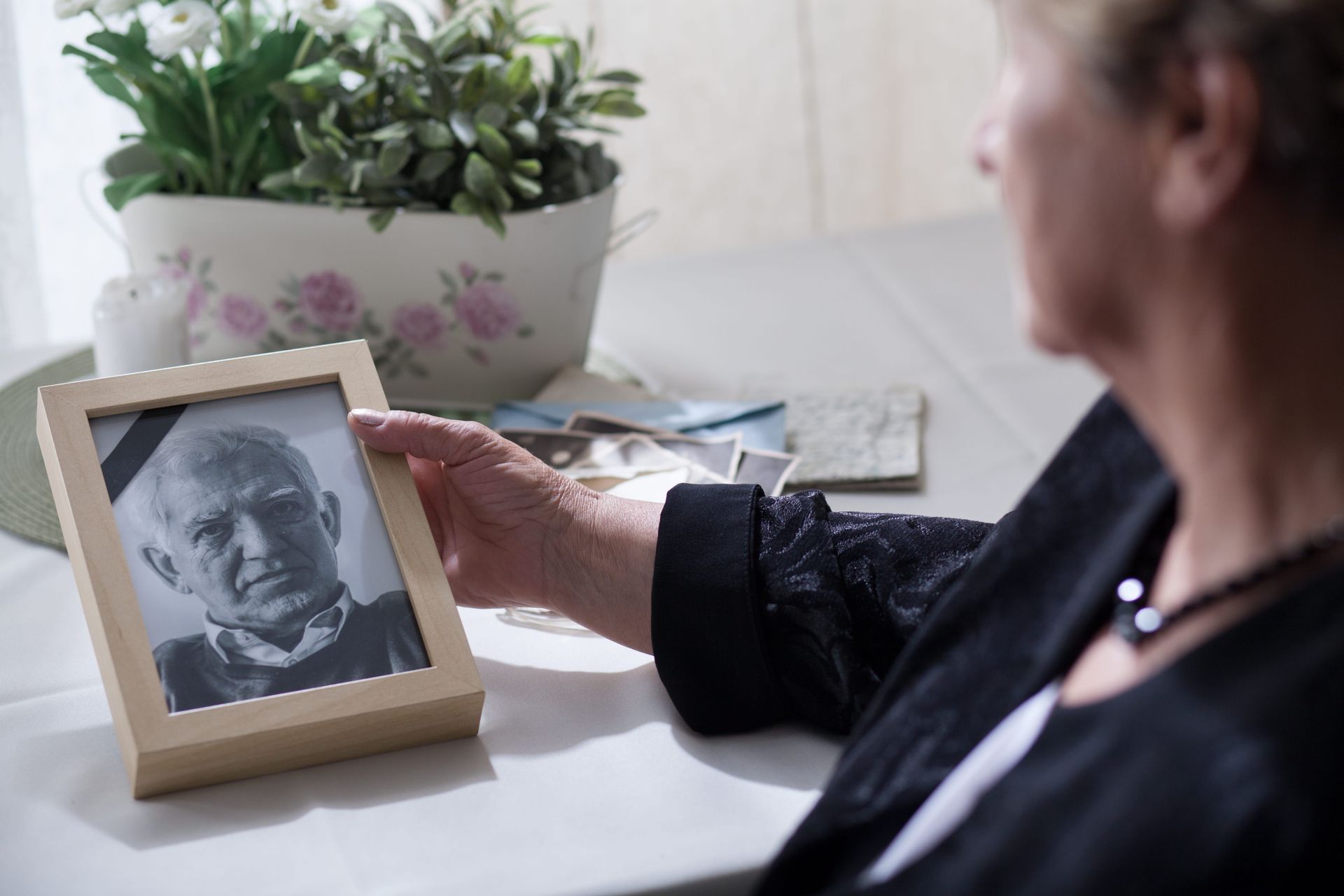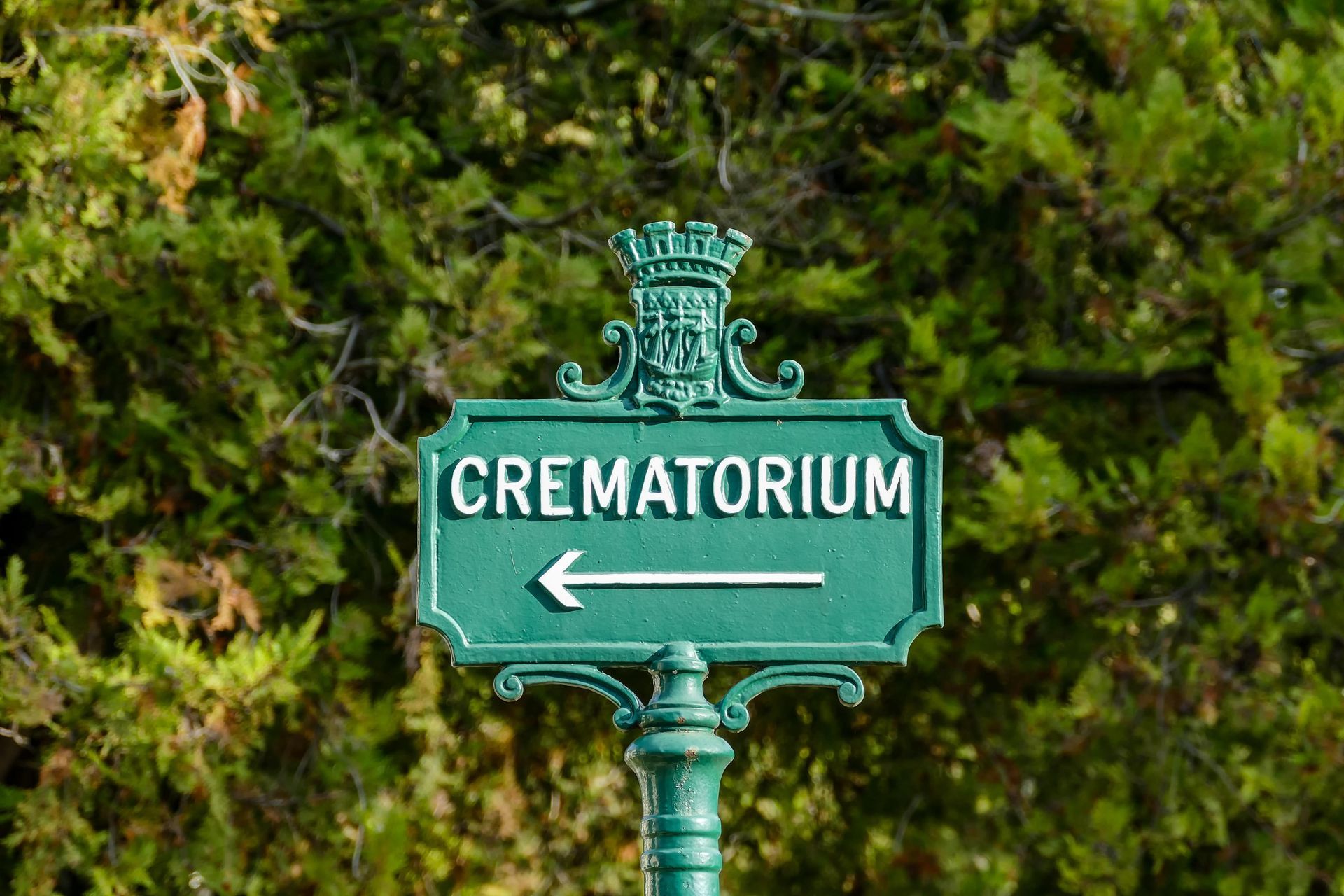How To Clean A Headstone
Preserving the Memories with Care
Losing a loved one is never easy, but headstones serve as enduring reminders of the lives and legacies that have touched ours. Over time, these monuments may accumulate dirt, grime, and moss, dulling the beauty and impact of the inscriptions. Properly cleaning a headstone can restore its dignity and help us pay tribute to those we cherish. In this guide, we'll walk you through the process of cleaning headstones made of natural stone, marble, and granite, ensuring that the memory of your loved one shines through.
Assess the Material
Before you begin cleaning a headstone, it's crucial to identify the type of stone you're dealing with. Natural stone, marble, and granite each require different cleaning methods to prevent damage.
Cleaning Natural Stone And Marble Headstones
Cleaning natural stone and marble follows a similar process, focusing on gentle yet effective methods.
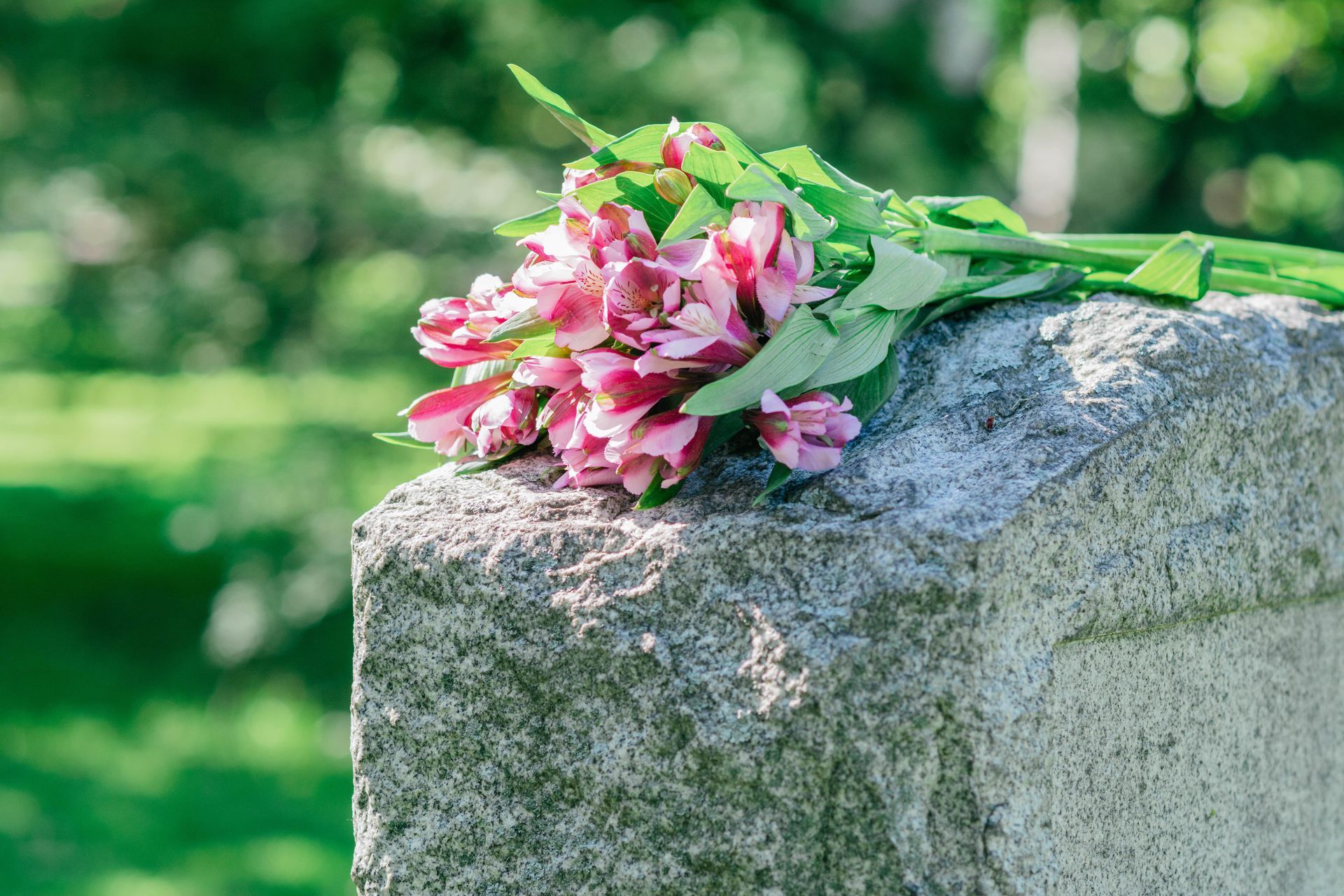
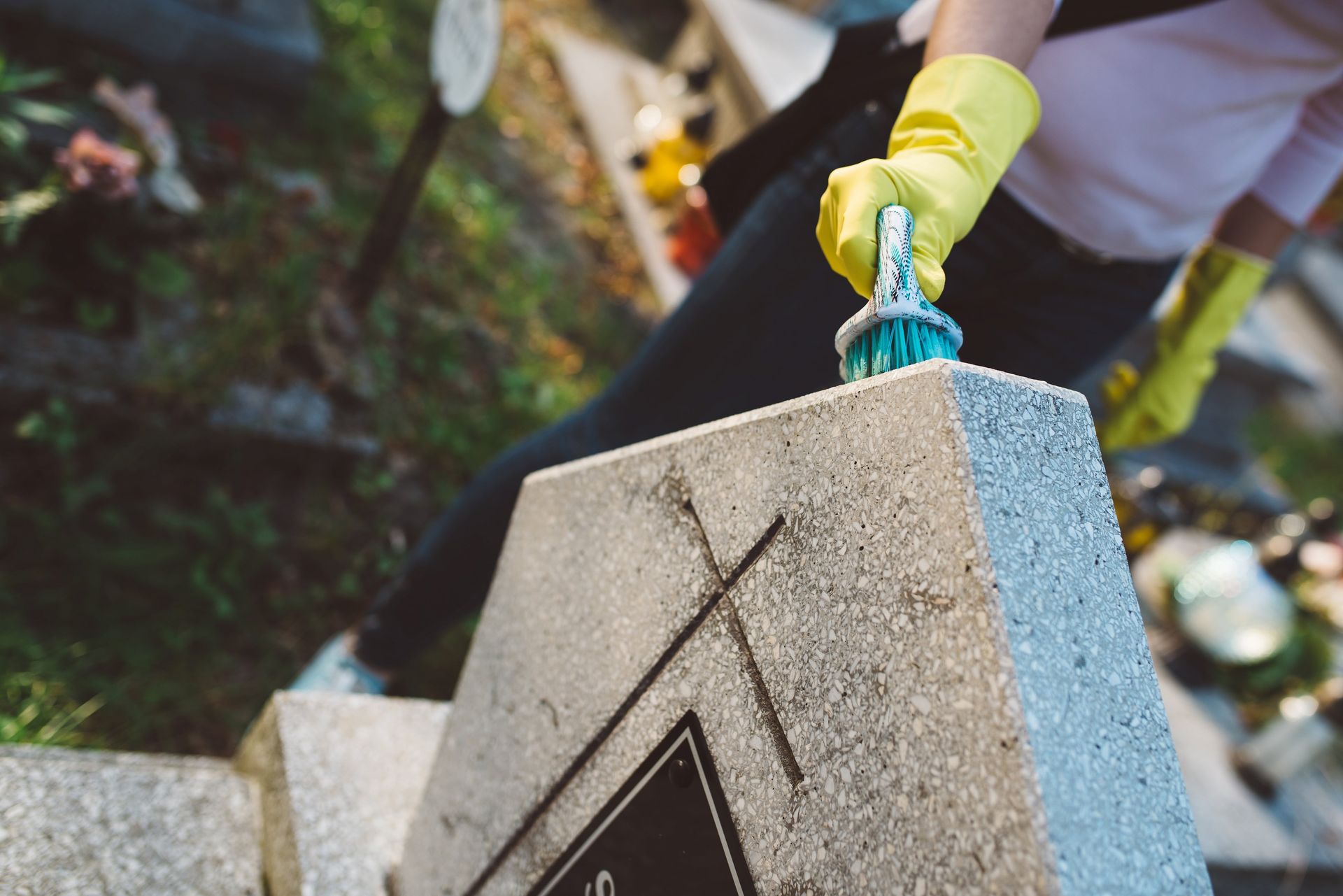
Natural Stone: Nahresina, Portland, York, and Purbeck
Natural stone, including varieties such as Nahresina, Portland, York, and Purbeck, is often chosen for churchyard memorials due to its timeless appeal. However, all-natural stones share one common trait—they are porous. This porosity makes them susceptible to moisture absorption, which can result in dirt accumulation, discolouration, and the growth of mosses and lichens over time.
White Marble: A Widely Used Cemetery Stone
White marble is perhaps the most prevalent choice for cemetery headstones. Its classic, elegant appearance is characterized by natural veins of colour, ranging from white to blue and grey-white. Despite its visual appeal, white marble's permeable nature makes it prone to a rapid build-up of discolouration and grime.
How To Clean Them
Cleaning natural stone and marble follows a similar process, focusing on gentle yet effective methods. Here's how to clean them:
- Choose the Right Cleaning Agent: Create a mixture of water and a pH-neutral stone cleaner or mild dish soap for effective cleaning.
- Select the Appropriate Brushes:
- For the stone's surface, use a hard-bristled scrubbing brush to remove stubborn dirt and grime.
- When cleaning the lettering or inscriptions, switch to a soft-bristled brush to prevent any damage.
- Cleaning Steps:
- Before you apply any cleaning agents, commence by meticulously removing debris, leaves, or loose dirt from the headstone using a soft brush. This initial step will help thwart any potential scratching during the cleaning process.
- Dilute your chosen cleaner in accordance with the manufacturer's instructions, and then apply it evenly across the stone's surface. Utilise the brush or sponge to gently scrub the headstone's surface.
- Rinsing:
- After the natural colour of the stone has reappeared, rinse the headstone thoroughly with clean, cold water to ensure that all excess cleaning solution is washed away.
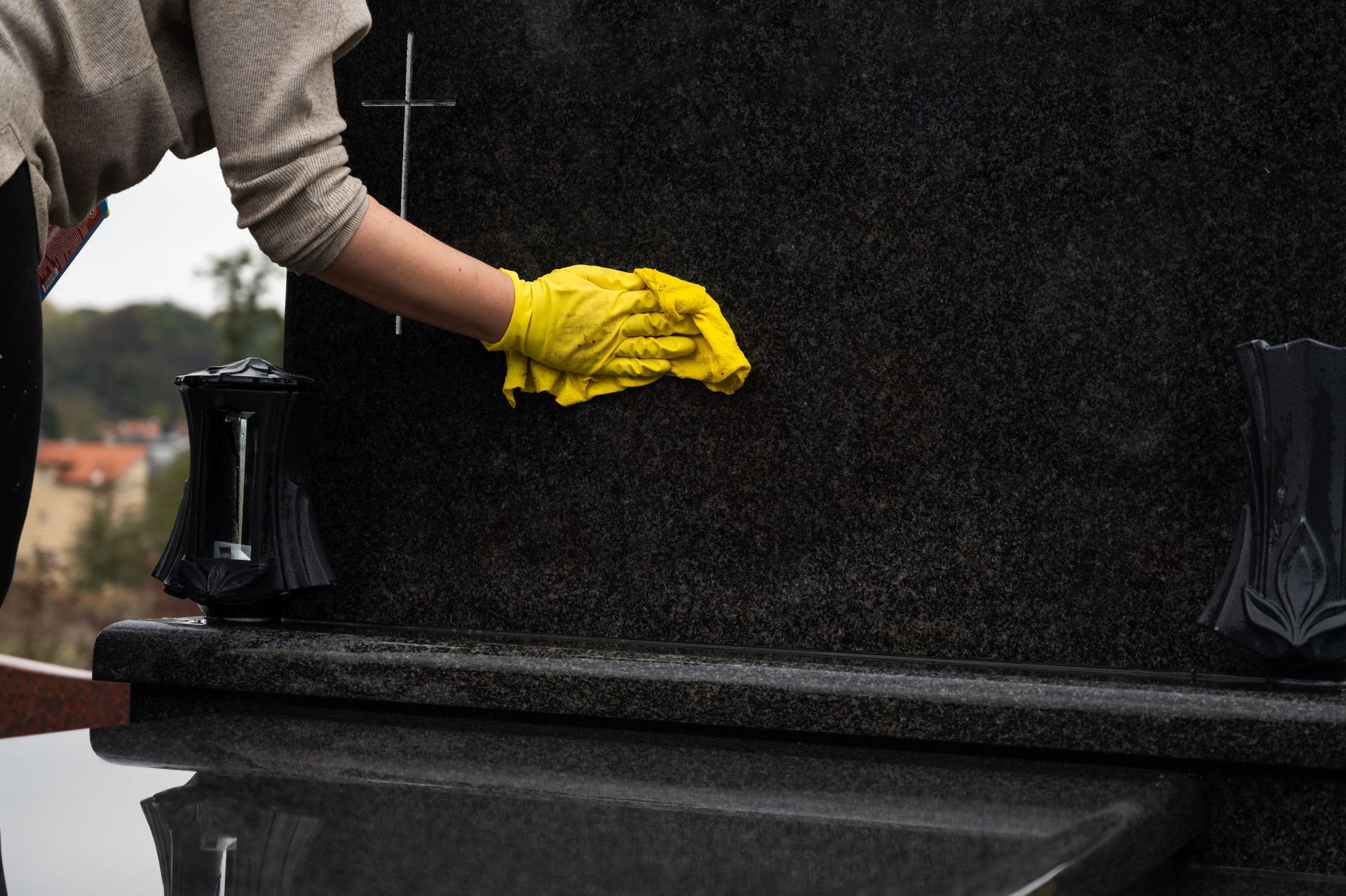

Points to Remember
- Regular Maintenance: Periodically wash the headstone with soapy water to prevent the build-up of grime, moss, or lichens.
- Soft Brush for Lettering: Always use a soft-bristled brush when cleaning lettering or inscriptions to avoid any potential damage.
- Prompt Removal of Flowers: Do not leave fresh flowers to decay on the headstone. Remove them at the first sign of decay to prevent staining that may be challenging to remove.
- Avoid Potted Plants: Refrain from placing potted plants on the memorial as soil can leave stubborn, unmovable stains on the surface.
- Gentle Cleaning: Never use a hard-bristled brush on the lettering or ornaments, as this could cause irreversible damage.
Cleaning Granite Stone
Granite, often referred to as the "everlasting stone," is a granular crystalline rock composed of quartz. It's available in a wide array of colours and is celebrated for its durability and timeless appeal. Unlike natural stone and marble, granite does not possess porous characteristics, making it exceptionally resistant to moisture absorption and staining.
Granite Finish Variations
Granite memorials may feature different finishes on various parts:
- Polished Face: The front-facing surface of many granite memorials is often highly polished. This polished finish not only enhances the stone's natural beauty but also makes it relatively easy to clean, as dirt and grime struggling to adhere to the smooth, shiny surface.
- Sides and Reverse: The sides and reverse of a granite memorial can have different finishes, including polished, honed, or rustic. Among these, rustic surfaces, with their rough texture, tend to collect dirt, moss, and lichen more easily due to their uneven texture.

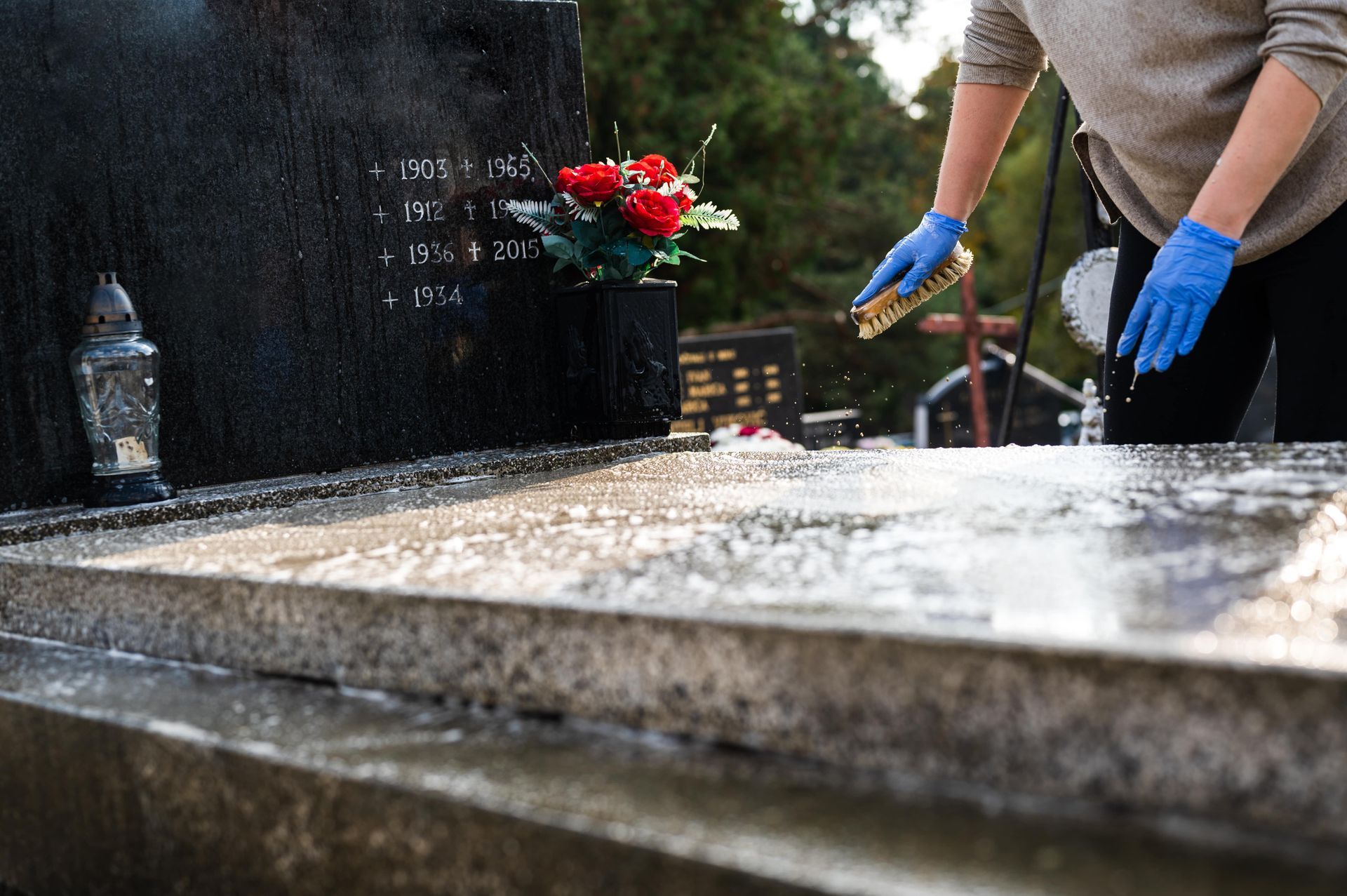
Cleaning Polished Granite
Cleaning the highly polished face of a granite memorial is straightforward and can help restore its shine. Here's how:
- Use a sponge or damp lint-free cloth for cleaning.
- Always make sure to rinse the stone off before cleaning it, to avoid scratching the memorial.
- For the lettering or inscriptions on the polished surface, employ a damp cloth or sponge and soapy water. This will help maintain the pristine appearance of the lettering. Never use cream cleaner, abrasive materials, or scourers on polished granite, as these can permanently damage the finish.
- Rinse the headstone thoroughly with clean, cold water to ensure that all excess cleaning solution is washed away.
Cleaning Honed or Rustic Granite
For granite memorials with honed or rustic surfaces, the cleaning method is akin to that used for natural stone and marble. Here's what to do:
- Utilise the same method employed for natural stone and marble, using pH-neutral stone cleaner and a hard-bristled brush to clean honed and rustic faces.
Points to Remember:
- Damp cloths for Polished Surfaces: When cleaning polished surfaces of granite, be sure to use a lint-free damp cloth.
- pH-neutral stone cleaner for Honed and Rustic Surfaces: Use pH-neutral stone cleaner and a hard-bristled brush on honed and rustic surfaces to effectively remove dirt, moss, or lichen.
- Avoid Cream Cleaners and Abrasives: Never use cream cleaners, abrasive materials, or scourers on polished granite, as these can irreversibly damage the finish.
- Gentle Care for Lettering: When cleaning lettering on granite, use a soft brush and soapy water. Avoid scrubbing with a hard-bristled brush to prevent any harm to the inscriptions.
When to Seek Professional Help
By understanding the specific needs of different headstone materials and following these guidelines, you can ensure that these memorials continue to honour your loved ones with grace and dignity. If you ever encounter extensive staining or damage that requires professional attention, remember that experts like FP Gaunts can assist in restoring the beauty and significance of these cherished monuments.








